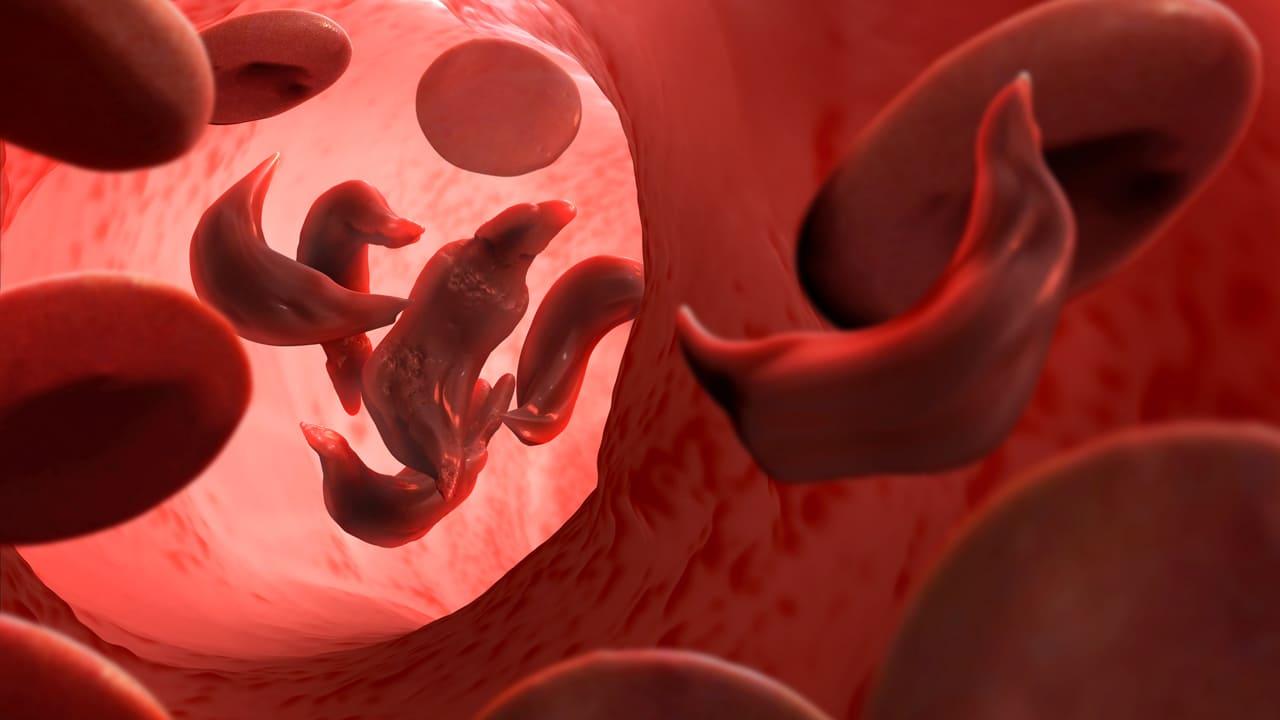KEY TAKEAWAYS
- The AtezoTRIBE phase II trial aimed to evaluate the efficacy and identify potential biomarkers of atezolizumab-based chemoimmunotherapy in unresectable mCRC.
- The study’s primary endpoint was PFS. Secondary endpoints included PFS2, 2nd PFS, and OS.
- The study found that high IS IC or TMB expression in pMMR mCRC may indicate a survival benefit from adding atezolizumab to FOLFOXIRI/bev, warranting further investigation in a phase III trial.
Researchers aimed to evaluate the efficacy and identify potential biomarkers of atezolizumab-based chemoimmunotherapy in unresectable mCRC.
The study possessed 85% statistical power to identify an HR for Progression-Free Survival (PFS), defined as the time from randomization to the first occurrence of disease progression or death (PD1), of 0.66 in favor of arm B, with a one-sided α error of 0.10. Secondary endpoints included PFS2 (time from randomization to PD on any treatment given after PD1 or death [PD2]) as well as 2nd PFS(time from PD1 to PD2) and Overall Survival (OS). Measures such as Microsatellite Instability (MMR), Tumor Mutational Burden (TMB), and Immune System Infiltration (IS IC) were examined for correlation with clinical outcomes.
About 218 patients(pts) (arm A/B: 73/145) were enrolled, with key characteristics including right-sided tumors (44%/45%), RAS mutations (71%/74%), BRAF mutations (14%/8%), dMMR (7%/6%), high TMB (10%/12%), and high IS IC (32%/32%). At a median follow-up of 37.0 months, significant results were observed for arm B regarding PFS with HR of 0.71 (80% CI 0.58-0.87, P=0.015). Trends favoring arm B were also noted for PFS2 (HR: 0.85, 80% CI 0.68-1.05, P=0.164) and OS (HR: 0.81, 80% CI 0.63-1.04, P=0.136) in the intention-to-treat (ITT) population.
Regarding events, 175 pts (80%, arm A/B: 64/111) experienced PD1 events, 150 (69%, arm A/B: 53/97) had PD2 events, and 118 (54%, arm A/B: 43/75) had OS events. Out of the 175 pts with a PD1 event, 77% (arm A/B: 50/85) received subsequent treatment, and among them, 69% (arm A/B: 43/78) had a PD2 event. Similar outcomes were observed in the pMMR subgroup. In the ITT population, significant interactions were noted between treatment and MMR status (Pint 0.011), TMB (Pint 0.008), and IS IC (Pint 0.037) concerning PFS.
Only IS IC demonstrated a differential OS benefit (Pint 0.065), where pts with IS IC-high tumors benefited from adding atezo (HR: 0.43, 95%CI 0.19-1.00), contrasting with those having IS IC-low tumors (HR: 1.09, 95%CI 0.65-1.83). In the pMMR subgroup, significant interactions between treatment and TMB and IS IC were reported for PFS (Pint 0.016 and 0.051, respectively) and OS (Pint 0.043 and 0.063, respectively). Pts with IS IC-high tumors derived greater OS benefit from adding atezo (HR: 0.44, 95%CI 0.19-1.03) than those with IS IC-low tumors (HR: 1.15, 95% CI 0.67-1.97).
The study found pts with high IS IC or TMB expression in pMMR mCRC may benefit from adding atezolizumab to FOLFOXIRI/bevacizumab(bev) treatment. Further validation in a phase III trial is warranted.
Source: https://www.annalsofoncology.org/article/S0923-7534(23)00642-7/fulltext
Clinical Trial: https://clinicaltrials.gov/study/NCT03721653
Antoniotti C, Rossini D, Pietrantonio F, Salvatore L, Marmorino F, Ambrosini M, Lonardi S, Bensi M, Moretto R, Tamberi S, Toma I, Passardi A, De Grandis M, Conca V, Palermo M, Cappetta A, Catteau A, Boni L, Galon J, Cremolini C, et al. SO-28 FOLFOXIRI plus bevacizumab and atezolizumab as upfront treatment of unresectable mCRC patients: Updated and overall survival results of the phase II randomized AtezoTRIBE study.2023. DOI: https://doi.org/10.1016/j.annonc.2023.04.500



